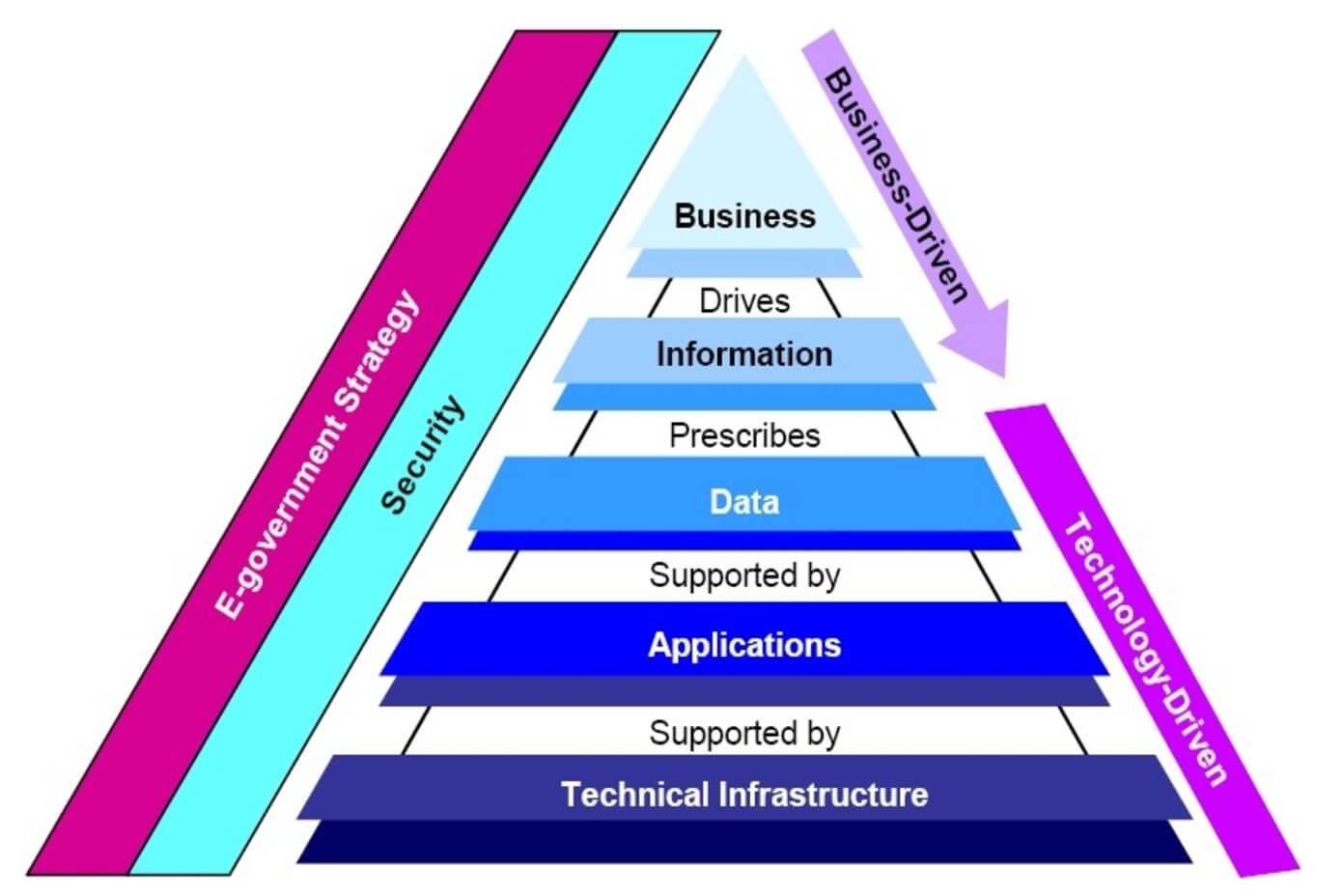Introduction
In today's fast-paced business environment, the alignment between business and IT is crucial for success. However, there is often a significant gap between the two, which can lead to miscommunication, inefficiencies, and missed opportunities. This is where Application Portfolio Management (APM) comes in. APM is a strategic approach that helps organizations bridge the gap between business and IT by effectively managing their application portfolio. In this article, we will explore the importance of APM and how it can be leveraged to drive better collaboration and achieve Great post to read organizational goals.
Bridging the Gap between Business and IT: The Challenge
Before delving into the details of APM, it is important to understand the challenges faced when trying to bridge the gap between business and IT. In many organizations, there is a lack of understanding and communication between these Have a peek here two critical functions. Business leaders often struggle to articulate their requirements in technical terms, while IT professionals find it challenging to translate business needs into effective solutions. This disconnect can result in costly delays, failed projects, and missed opportunities for innovation.
The Role of Enterprise Architecture in Bridging the Gap
Enterprise Architecture (EA) plays a pivotal role in bridging the gap between business and IT. It provides a holistic view of an organization's strategy, processes, systems, and technology infrastructure. By aligning business objectives with IT capabilities, EA enables organizations to make well-informed decisions that drive digital transformation and deliver value to stakeholders.
Leveraging Enterprise Architecture Tools for Effective APM
To successfully bridge the gap between business and IT with APM, organizations need robust Enterprise Architecture tools. These tools enable seamless collaboration between different teams by providing a centralized platform for documenting and visualizing the application landscape. With features like dependency mapping, impact analysis, and performance monitoring, EA tools empower organizations to make informed decisions about their application portfolio.
Solution Architecture Management: A Key Component of APM
Solution Architecture Management (SAM) is an integral part of APM that focuses on designing and implementing effective solutions to address business needs. It involves defining the technical requirements, selecting appropriate technologies, and ensuring the seamless integration of various components. SAM ensures that IT solutions align with business objectives and provide the desired outcomes.

The Role of a Solution Architect in APM
A Solution Architect plays a critical role in bridging the gap You can find out more between business and IT. They are responsible for translating business requirements into technical specifications and designing solution architectures that meet those needs. By collaborating closely with stakeholders from both sides, Solution Architects ensure that the proposed solutions align with business goals and leverage existing IT capabilities.
Leveraging ServiceNow Application Portfolio Management (APM) Tools
ServiceNow offers a comprehensive suite of APM tools that empower organizations to bridge the gap between business and IT effectively. The ServiceNow APM platform provides features like application rationalization, portfolio optimization, and investment planning. These tools enable organizations to make data-driven decisions about their application portfolio, identify redundancies, retire legacy systems, and invest in strategic initiatives.

FAQs about Bridging the Gap between Business and IT with Application Portfolio Management
What is Application Portfolio Management?- Application Portfolio Management (APM) is a strategic approach that helps organizations manage their application portfolio effectively. It involves assessing, categorizing, and prioritizing applications based on their strategic value to the organization.
- APM provides a common language and framework for communication between business leaders and IT professionals. It enables better understanding of business needs, facilitates collaboration, and ensures that IT solutions align with organizational goals.
- Enterprise Architecture (EA) is a discipline that provides a holistic view of an organization's strategy, processes, systems, and technology infrastructure. It helps align business objectives with IT capabilities and guides decision-making for digital transformation.
- Enterprise Architecture tools provide a centralized platform for documenting and visualizing an organization's application landscape. These tools enable better collaboration, dependency mapping, impact analysis, and performance monitoring, supporting effective APM practices.
- Solution Architecture Management (SAM) focuses on designing and implementing effective solutions to address business needs. It involves translating business requirements into technical specifications and ensuring the seamless integration of various components.
- ServiceNow APM tools offer features like application rationalization, portfolio optimization, and investment planning. By leveraging these tools, organizations can make data-driven decisions about their application portfolio, retire legacy systems, and invest in strategic initiatives.
Conclusion
Bridging the gap between business and IT is essential for organizations aiming to achieve success in today's digital landscape. Application Portfolio Management (APM), supported by Enterprise Architecture and Solution Architecture Management, provides a strategic framework to align business objectives with IT capabilities. By leveraging robust APM tools like ServiceNow, organizations can effectively manage their application portfolio, drive innovation, and deliver value to stakeholders. Embracing APM is crucial for organizations looking to stay competitive in an increasingly interconnected world.